Stifle injury in horses can throw a serious wrench in our equine friends' routine and performance. This important joint helps horses move. When it gets injured, it can lead to everything from mild stifle lameness to severe discomfort. This issue, whether from traumatic injury or repetitive stress on a horse's body, can really slow them down.
But don't fret! We've got the scoop on what causes these pesky injuries, how to spot the signs, and what you can do to try and prevent them. Let's get into the details so your steed stays on the move and feels great!
What Is a Stifle Injury in Horses?

A stifle injury refers to damage to the joint that connects the thigh bone (femur) to the shin bone (tibia) located in the hind leg. This joint is crucial for movement and works much like a human knee. It allows your horse to bend and extend its hind limbs.
Stifle injuries often involve damage to the joint's cartilage, ligaments, or soft tissues. When a horse's stifle joint gets injured, lameness, stiffness, and pain can arise. Your mount might find it difficult to perform its normal activities.
Common problems include strains in the patellar ligaments or even more serious conditions like bone cysts. These injuries can range from mild discomfort to severe cases that require surgical intervention.
Types of Stifle Injuries in Horses
Equine stifle injuries come in a variety of forms, each with its own set of challenges. Here are the main types you might encounter:
- Patellar Ligament Injuries. Damage to the ligaments that stabilize the patella. These lead to instability and pain in the joint.
- Medial Patellar Ligament Damage. This injury involves the ligament that helps hold the patella in place. This often causes the stifle to lock or become immobile.
- Soft Tissue Injuries. Tears or strains in the muscles, tendons, or other soft tissues around the stifle joint. These can affect movement and cause discomfort.
- Bone Cysts. Fluid-filled pockets that develop in the bone. These can cause pain and swelling and possibly restrict joint movement.
- Meniscal Tears. Damage to the cartilage in the joint. These often result in pain and stiffness during movement.
Common Causes of Stifle Injuries in Horses
Stifle troubles in horses can stem from several factors. Knowing the source can help prevent further damage and guide treatment. Here are some of the most common causes:
- Trauma and Impact. A sudden injury, such as a fall or collision, can damage the stifle joint and surrounding structures.
- Overuse and Repetitive Stress. Constant strain from activities like barrel racing or jumping can lead to overuse injuries.
- Genetic Factors and Predispositions. Due to their conformation or breed, some horses may be more prone to stifle disorders and injuries.
Understanding these causes is the first step in preventing stifle injuries and ensuring your horse stays healthy and active. Is your steed vulnerable to these factors?
Trauma and Impact Injuries
Trauma and impact injuries are common culprits. A sudden, hard hit to the stifle joint from a fall, collision, or rough handling can cause immediate damage. These types of injuries often result in bruising, swelling, or fractures in the joint or surrounding bones.
The severity can range from mild to acute stifle injury. Mild cases usually involve some soreness and swelling. More severe incidents could cause bone fractures or soft tissue tears. Immediate veterinary attention is the way to go.
Overuse and Repetitive Stress on the Stifle
Horses involved in high-intensity activities are at higher risk here. When they perform repetitive movements like jumping, racing, or hard training sessions, they experience constant strain on their stifle joints. Over time, this can lead to wear and tear on the joint cartilage and ligaments.
This type of injury might not be immediately obvious. A horse may start showing signs of discomfort or lameness only after extensive exercise. Possible solutions include giving your steed proper rest, incorporating low-impact activities, and monitoring their movement for signs of stress or fatigue.
Genetic Factors and Predispositions
Certain horse breeds or individuals with specific conformation traits may be more vulnerable to these types of injuries. For example, horses with a family history of joint issues may be at a higher risk. Their bones and ligaments might be more prone to damage.
Also, a horse's structure, such as weak quadriceps muscles or poor hind limb alignment, can increase stress on the stifle joint. These factors can make the joint more likely to lock or suffer from soft tissue injuries. Understanding your mount's genetics and conformation can help you take proactive measures.
Symptoms of a Stifle Injury in Horses
Recognizing the symptoms of a stifle injury early can make all the difference in your horse's recovery. If you notice any of these red flags, consult with a veterinarian for a proper diagnosis:
- Lameness and Uneven Movement. One of the first signs of a stifle injury is lameness. You might notice your horse moving unevenly, favoring one leg, or showing stiffness in their hind limbs.
- Swelling and Heat in the Stifle Joint. Swelling or heat around the stifle joint can mean inflammation or internal injury.
- Reduced Flexibility and Joint Stiffness. Struggling to bend or extend the hind leg could be due to joint stiffness from a stifle injury.
Spotting these symptoms early can help prevent further damage and begin treatment sooner. So, stay vigilant and look for these clues.
Lameness and Uneven Movement
An injured horse might limp or hesitate to put weight on one of their hind legs. They might favor the uninjured leg or walk with a stiff gait. This is especially true when turning or moving at higher speeds.
In more severe instances, the horse might refuse to move at all. If this happens, get a vet's help, stat. They can help determine the extent of the injury and put a treatment plan in place. Even mild lameness can be a sign of discomfort, so don't overlook it!
Swelling and Heat in the Stifle Joint
An injured stifle joint often becomes inflamed, leading to obvious swelling. You might feel warmth around the joint surface, a clear sign of inflammation and internal injury.
This swelling can make the joint feel tight or stiff. In some cases, it may even affect the equine's ability to move freely. If you notice these symptoms, consult your veterinarian. They can recommend the best course of treatment, whether it's rest, anti-inflammatory medications, or more advanced therapies.
Reduced Flexibility and Joint Stiffness
A damaged stifle joint can give a horse a hard time fully extending or bending its hind limbs. You might notice your steed moving more cautiously or hesitating when trying to flex the joint.
In more extreme cases, the joint may feel completely rigid, and the horse may avoid certain movements altogether. These symptoms are especially noticeable when the horse tries to perform tasks that require full range of motion, like jumping or trotting.
Diagnosing a Stifle Injury in Horses
Diagnosing equine stifle injuries requires a combination of thorough veterinary examination and diagnostic tools. A veterinarian will typically start with a physical exam. They'll check for signs of swelling, heat, or tenderness around the affected joint. They'll also assess the horse's movement to identify any lameness.
In many cases, they use advanced imaging techniques like X-rays and ultrasounds to get a clearer picture of the injury. These methods help identify issues like bone cysts, tissue tears, or cartilage damage. Early diagnosis means early treatment, so don't hesitate to seek professional help if you suspect a stifle injury.
The Role of Veterinary Examinations and Imaging
During a physical exam, the vet will carefully palpate the stifle joint to check for pain, swelling, or abnormal movement. They may also perform flexion tests to see how well the joint responds to pressure and motion.
Imaging techniques like X-rays and ultrasounds provide a more detailed view of the joint's internal structures. These tools help the vet identify specific issues and choose the right treatment plan for your horse.
Physical Tests and Joint Manipulation
During these tests, the veterinarian will gently move the horse's leg to assess how the stifle joint responds. By flexing and extending the joint in different positions, they can identify pain points and movement restrictions.
These physical assessments often reveal signs of lameness, stiffness, or discomfort. In some cases, the vet may perform specific tests to trigger symptoms of upward fixation or other stifle disorders. Joint manipulation is a valuable tool for pinpointing the exact nature of the injury.
Recovery Support for Stifle Injuries in Horses
Recovering from a stifle injury involves a combination of rest, therapy, and sometimes medical intervention. Depending on the severity of the issue, your vet may recommend different approaches.
Common recovery options include rest and rehabilitation, pain medication, and physical therapy to support the joint's healing process. By following a tailored recovery plan, you can help your mount return to its normal activities with less risk of re-injury.
Rest and Rehabilitation
Rest and rehabilitation are the first steps in helping your steed recover from a stifle injury. Remember, give your horse enough time to heal. This means limiting their activity and avoiding demanding exercises that could worsen the injury. Your veterinarian may recommend stall rest or controlled turnout to prevent further strain.
Rehabilitation involves gradually introducing controlled exercises to strengthen the muscles and improve flexibility. This process can include gentle walking or low-impact activities. The goal is to restore movement and prevent stiffness. Rehabilitation needs a vet's or physiotherapist's guidance to guarantee your horse's safety and smooth recovery.
Medication and Pain Management
Pain from a stifle injury can be severe. Using the right medications helps manage discomfort and promote healing. Your vet may recommend anti-inflammatory drugs or pain relievers to help reduce swelling and ease discomfort.
In some cases, they may use nerve blocks to help pinpoint the exact location of the injury and temporarily relieve pain. Pain management is crucial for allowing the horse to rest and perform rehabilitation exercises without too much stress. Always follow your vet's advice on dosage for a safe recovery.
Physical Therapy and Joint Support
After the initial healing phase, physical therapy exercises can help rebuild strength and flexibility in the injured joint. These movements often focus on improving joint mobility, strengthening the surrounding muscles, and preventing stiffness.
Many horse owners also use beneficial ingredients like MSM (methylsulfonylmethane), hyaluronic acid, and CBD (cannabidiol) to promote recovery and support joint health. Our CBD products for horses make great options, helping to soothe discomfort and promote calmness.
How HolistaPet Products May Support Joint Health and Recovery

HolistaPet's CBD Oil and CBD Pellets for horses can be a fantastic addition to your steed's recovery plan. CBD (cannabidiol) offers soothing properties, which may help ease discomfort and soreness. It may also promote relaxation, which supports the overall healing process.
The hemp oil in our CBD horse products is rich in omega-3 and omega-6 fatty acids. These natural compounds support joint health. They may also assist in easing stiffness and promoting your horse's mobility. By adding HolistaPet CBD into your mount's routine, you're holistically supporting their recovery.
Preventing Stifle Injuries in Horses
Preventing a stifle injury is all about keeping your horse strong, healthy, and active without overloading their joints. Simple steps, like proper exercise and care, can make a huge difference. By taking care of the stifle joint, you can help your steed stay in top shape and avoid future problems.
Strengthening your horse's muscles, ensuring they warm up properly, and keeping them at a healthy weight all contribute to better stifle health. Early prevention is always better than dealing with a painful injury down the road!
Strengthening and Conditioning Exercises
Building up the muscles around the joint helps support and protect it from strain. Regular exercise that targets the hind legs, like hill work or walking through water, can strengthen the quadriceps and other important muscles.
These exercises improve your horse's balance, flexibility, and overall joint health. Remember to take it easy; gradually increase the intensity to avoid overloading the joint. With a well-rounded conditioning program, you can keep your steed's stifle joint strong and reduce the risk of injury.
Proper Warm-up and Cool-Down Routines
Just like humans, horses need to warm up their muscles before any strenuous activity. A good warm-up gets blood flowing to the muscles and prepares the joints for movement. Start with slow, steady walking. Then, you can progress to more intense activities like trotting or light cantering.
Cool-downs are equally important! After exercise, allow your horse to gradually slow down. This will prevent stiffness in the muscles and joints. A proper cool-down helps remove built-up lactic acid and reduces the risk of post-workout injuries. Nailing these warm-up and cool-down routines helps maintain joint health and supports your equine friend's long-term performance.
Natural Remedies for Stifle Injury Recovery
Along with veterinary care, natural treatments may support healing and ease discomfort. Many horse owners turn to natural supplements and therapies to help manage their horse's recovery without relying heavily on medication.
Some effective natural remedies include herbal supplements, joint support products like MSM, and therapies such as ice or heat application. HolistaPet's CBD products for horses can also be a great choice, offering natural relief for discomfort and soreness. These remedies can complement traditional treatments, helping your steed heal gently and holistically.
When To Consult a Veterinarian for a Stifle Injury
Knowing when to consult a veterinarian for a stifle injury is essential to your horse's health. If your mount shows any of the following signs, seek professional help:
- Persistent Lameness. If your horse limps or moves unevenly for more than a few days, it's a sign that the injury might be more serious.
- Swelling or Heat in the Joint. Any noticeable swelling or warmth around the stifle joint could indicate inflammation or injury.
- Stiffness or Reduced Movement. If your steed has trouble flexing or extending its hind leg, this could be a sign of joint stiffness or internal damage.
- Pain When Moving. If your horse reacts with discomfort when you move or manipulate the leg, this could suggest a deeper injury.
Early intervention can prevent further damage and help with a quicker recovery. A vet can assess the injury and create a treatment plan tailored to your horse's needs.
Final Thoughts on Horse Stifle Injury
Dealing with equine stifle injuries can feel overwhelming, but they're not impossible to overcome. With the right approach, recovery is totally possible.
Early detection, proper treatment, and a solid rehabilitation plan can get your horse back on track. Don't forget that prevention is just as important! Strengthening exercises and proper care can go a long way in keeping those unwanted stifle injuries at bay.
If you're looking for holistic support during recovery, HolistaPet's CBD for horses is a great option for soothing joint discomfort and supporting overall joint health. With the right care and support, your steed can recover and be ready for whatever adventures come next!


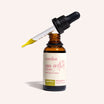
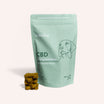
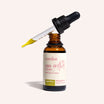
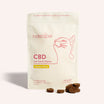
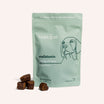
![Probiotics For Dogs [Soft Chews] - HolistaPet](http://www.holistapet.com/cdn/shop/files/Probiotic-Infographic-1_472d7a29-e30c-435a-9638-1365d8c3a9f9.jpg?v=1725384841&width=104)
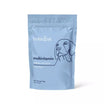
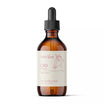
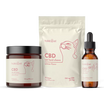

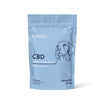


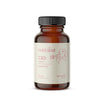
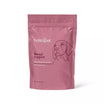
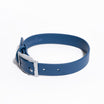
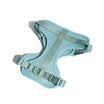
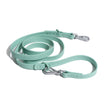
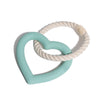
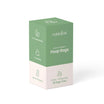
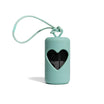

![Washing Horses: Simple Guide [Drying & Calming Tips Included]](http://www.holistapet.com/cdn/shop/articles/Washing_Horses_330bb4e7-e755-4ae2-b26b-e56285ed3be6.webp?v=1742168873&width=500)
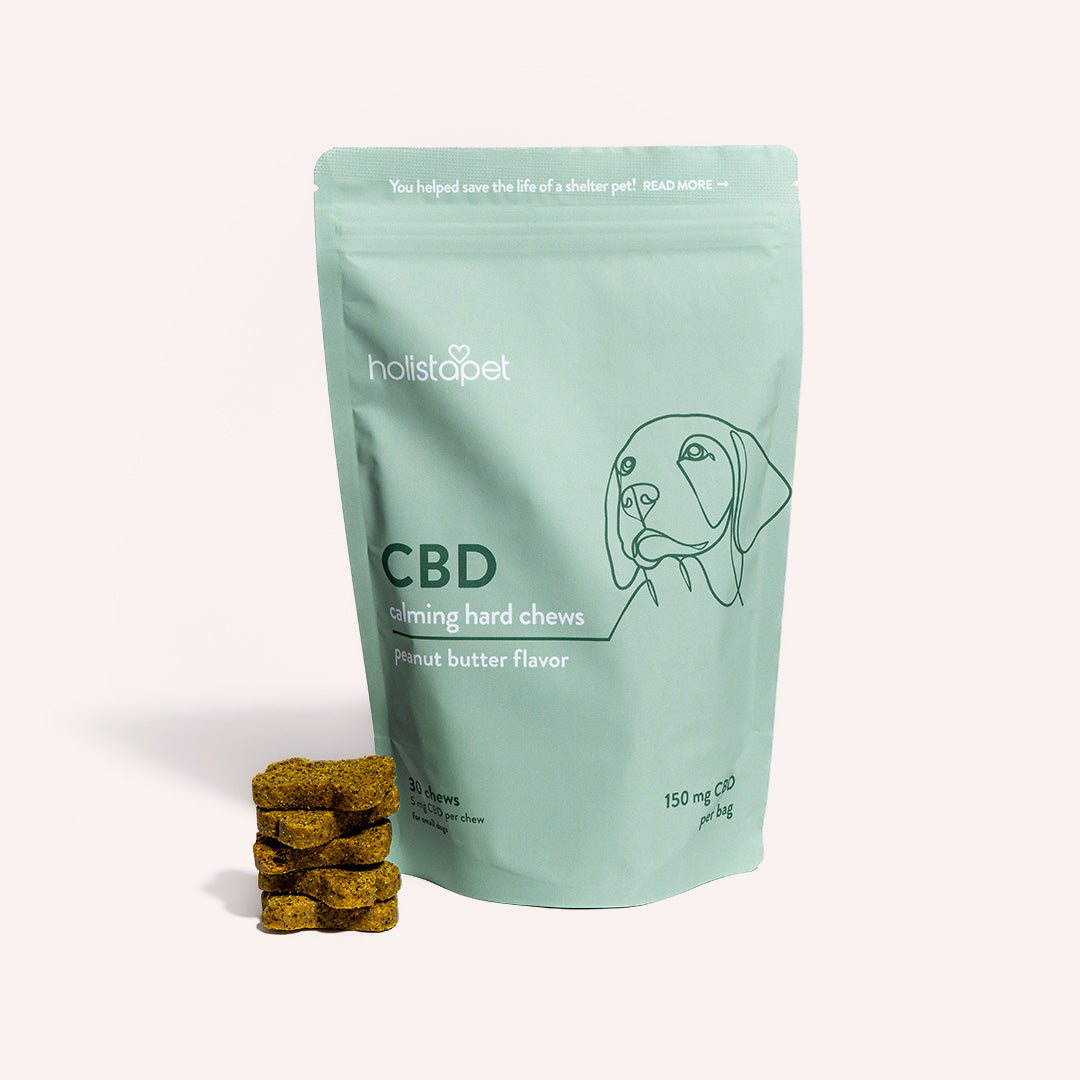

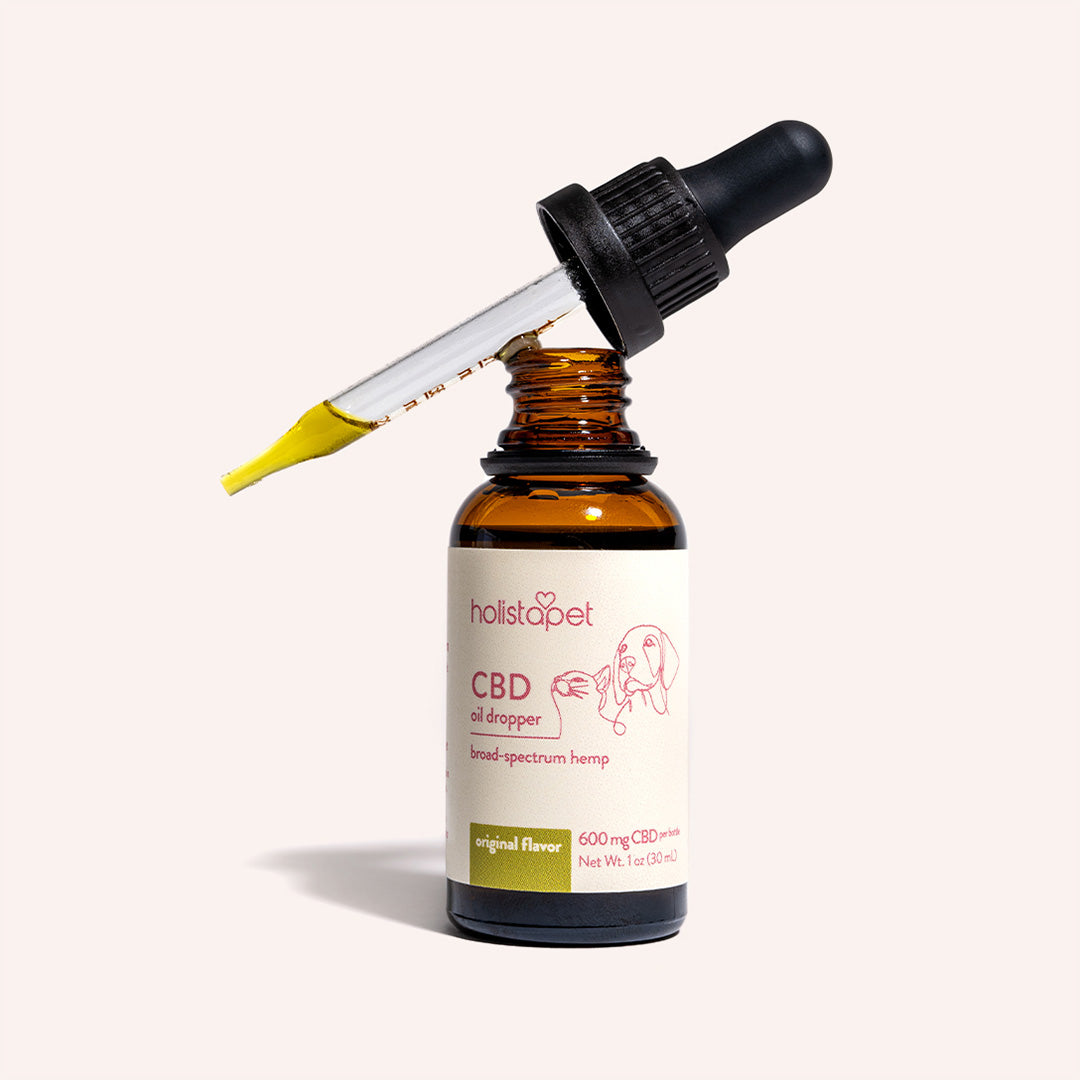
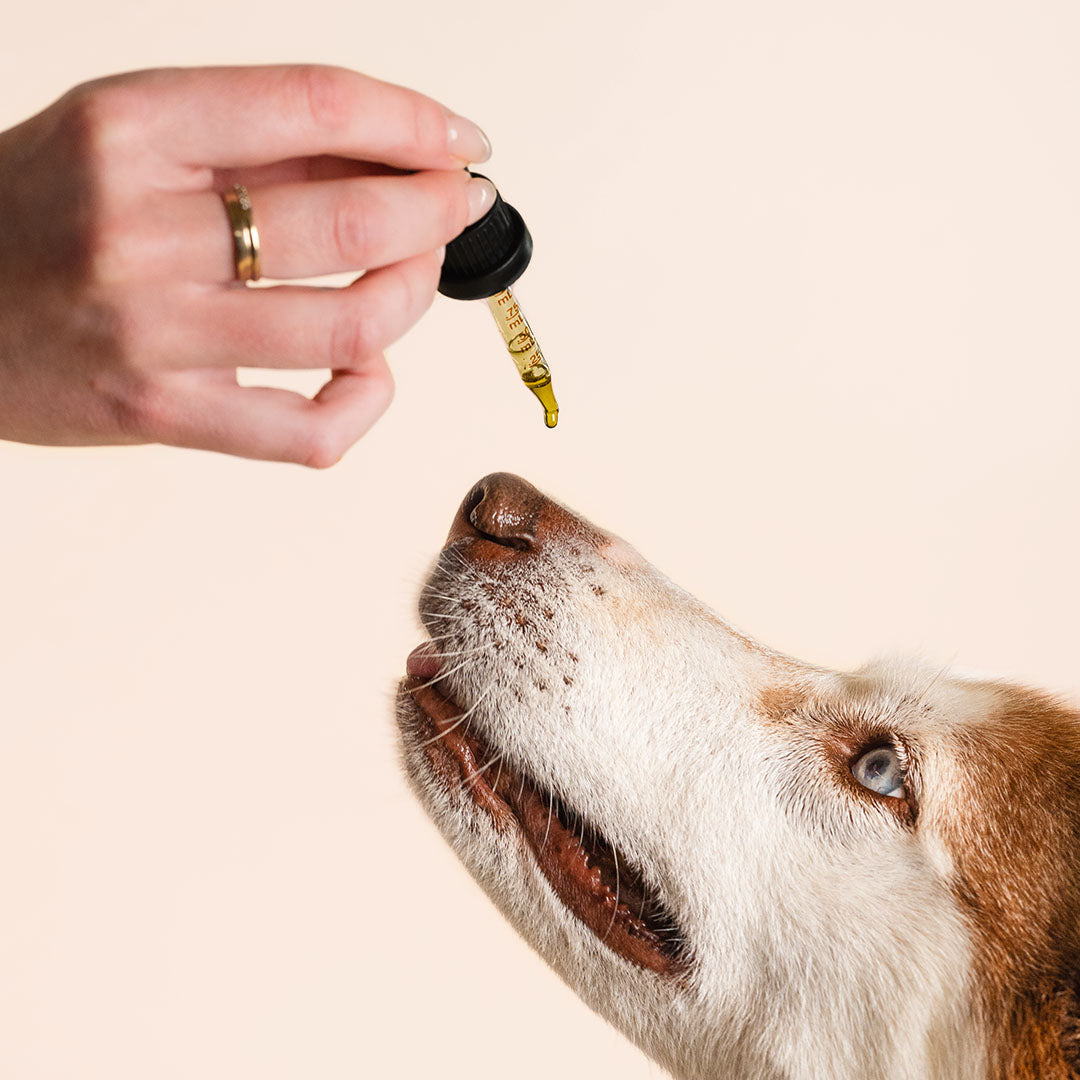

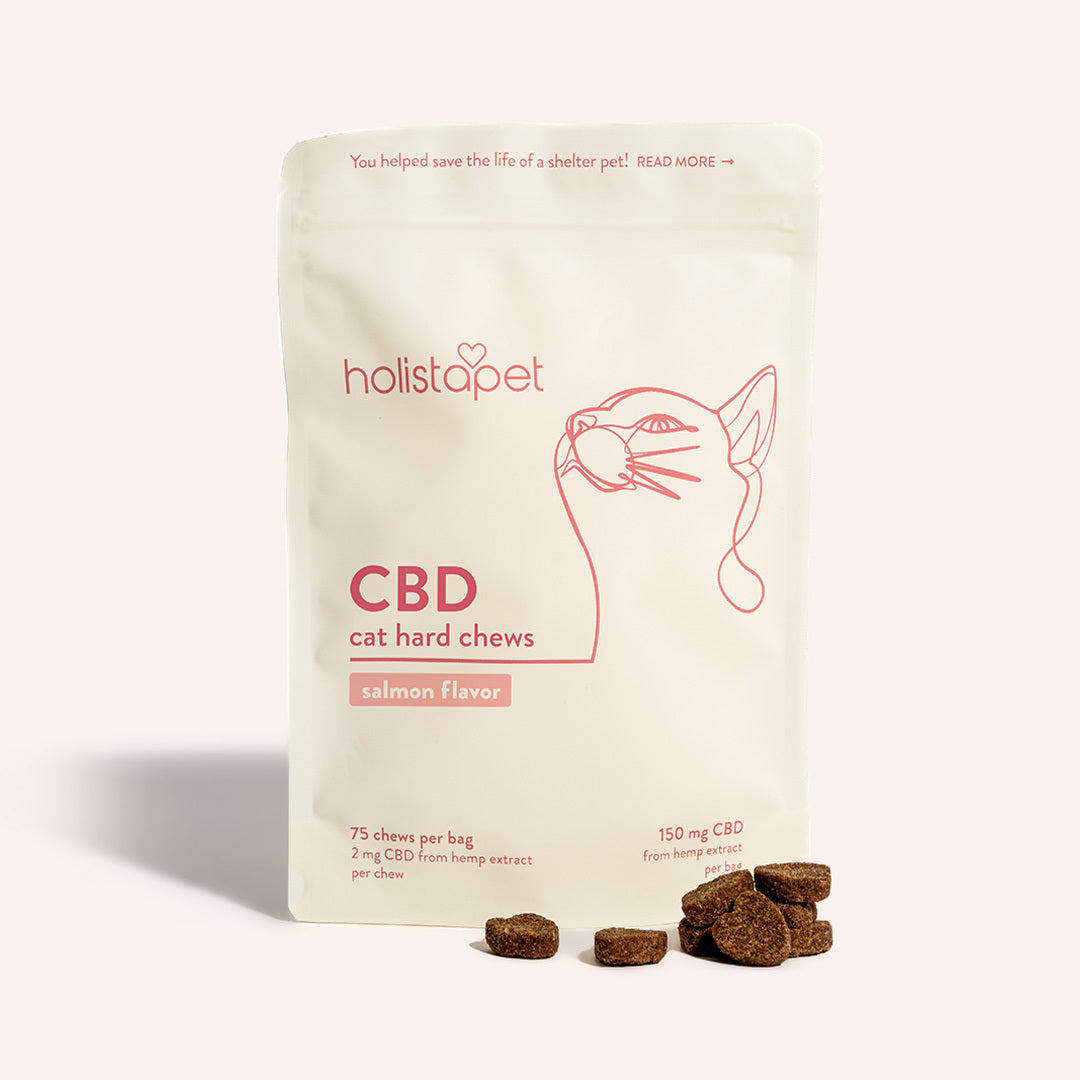
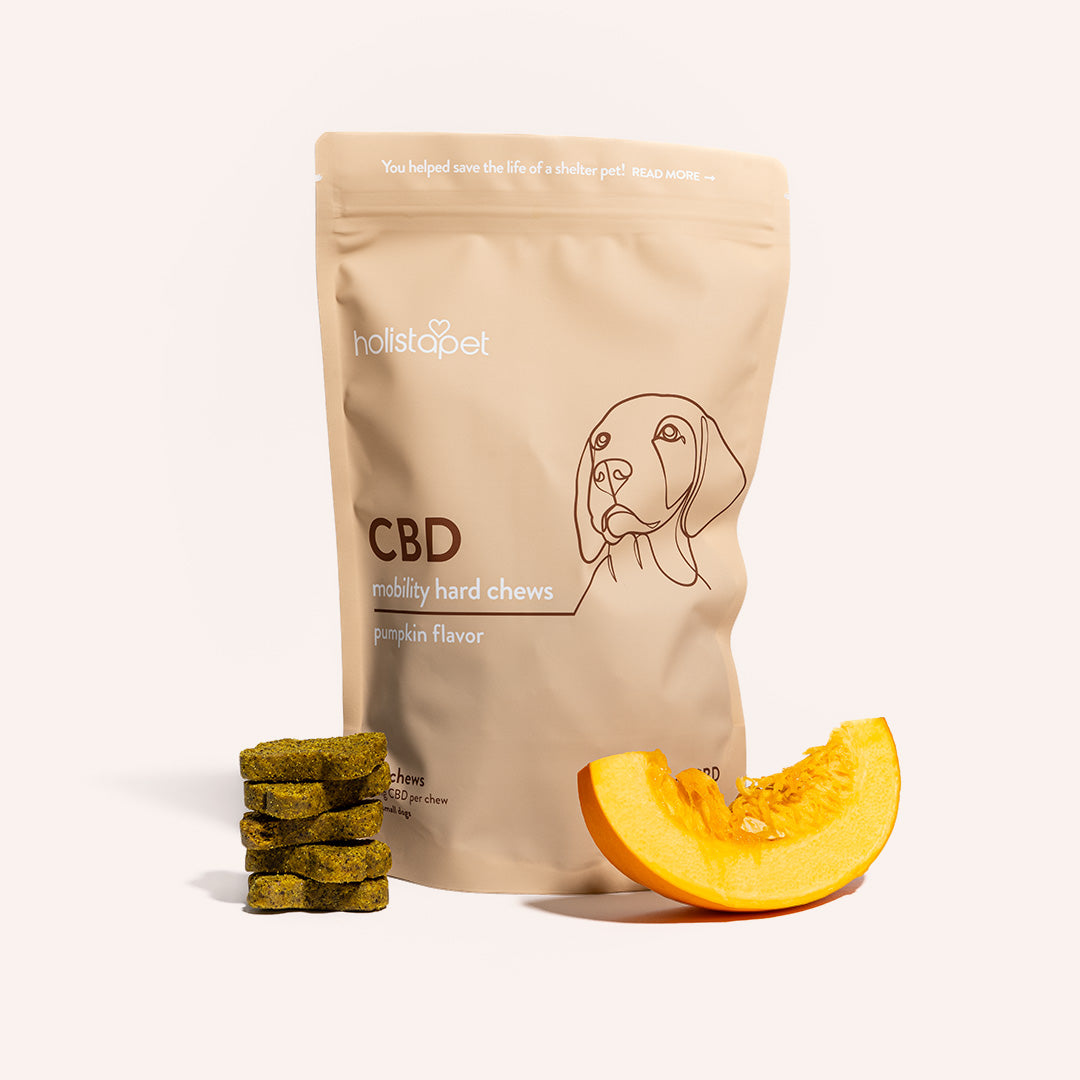


Leave a comment
All comments are moderated before being published.
This site is protected by hCaptcha and the hCaptcha Privacy Policy and Terms of Service apply.